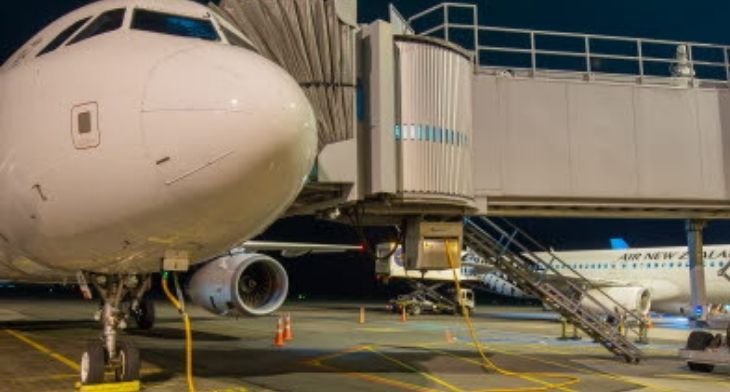


Christchurch Airport in New Zealand has become the first airport in the Asia-Pacific region and in the world to reach the new Level 4 Transformation on the Airport Carbon Accreditation programme.
The new ACA levels (4 Transformation and 4+ Transition) – the highest carbon certification an airport can achieve – were announced just over a week ago at Airports Council International (ACI) Europe’s annual congress.
The submission took the airport three months to complete and required the airport to present a verified Carbon Footprint, a Carbon Management Plan in line with the UN Paris Agreement and a Stakeholder Partnership Plan to influence Scope 3 emissions. Independently verified proof of all Christchurch Airport’s carbon reduction achievements was also provided.
“Over the past year, we reduced our Scope 1 emissions by 83%, through installing ground source heating and cooling in our terminal building,” explained Rhys Boswell, the airport’s General Manager Planning and Sustainability. “Our Scope 2 emissions have reduced by 27%, against baseline year 2015, through LED replacements and improved energy efficiencies… Plus, as part of our commitment to support aviation industry transition to a low carbon future, we have installed aircraft ground power. When an aircraft is on the ground, ti can use electricity rather than jet fuel, and so saves approximately 730 tCO2e per plane per year,” he added.
The airport has also demonstrated evidence of actively engaging and leading its stakeholders towards delivering emissions reductions.
“We are very proud to be the first airport in New Zealand and in the world to reach this accreditation,” said Malcolm Johns, CEO Christchurch Airport.
As a regional airport, we set a good example for our regional peers and for the airport industry as a whole. We show that small is big when you are bold enough to set the bar higher on climate actions and to deliver on ambitious environmental goals. We will continue to work diligently to build a more sustainable aviation in strong cooperation with our business partners.
Meanwhile Boswell added that the certification is important recognition for the airport staff. “Our stated intentions are to be great Kaitiaki (guardians of our environment), and our Carbon Policy goals are to achieve net zero emissions by 2030, and absolute zero emissions by 2050. We have worked hard to demonstrate how emission reductions factor into our airport planning and decision making, now and into a low carbon future. Being recognised as the world’s first airport best practice in this area is a good feeling.”





